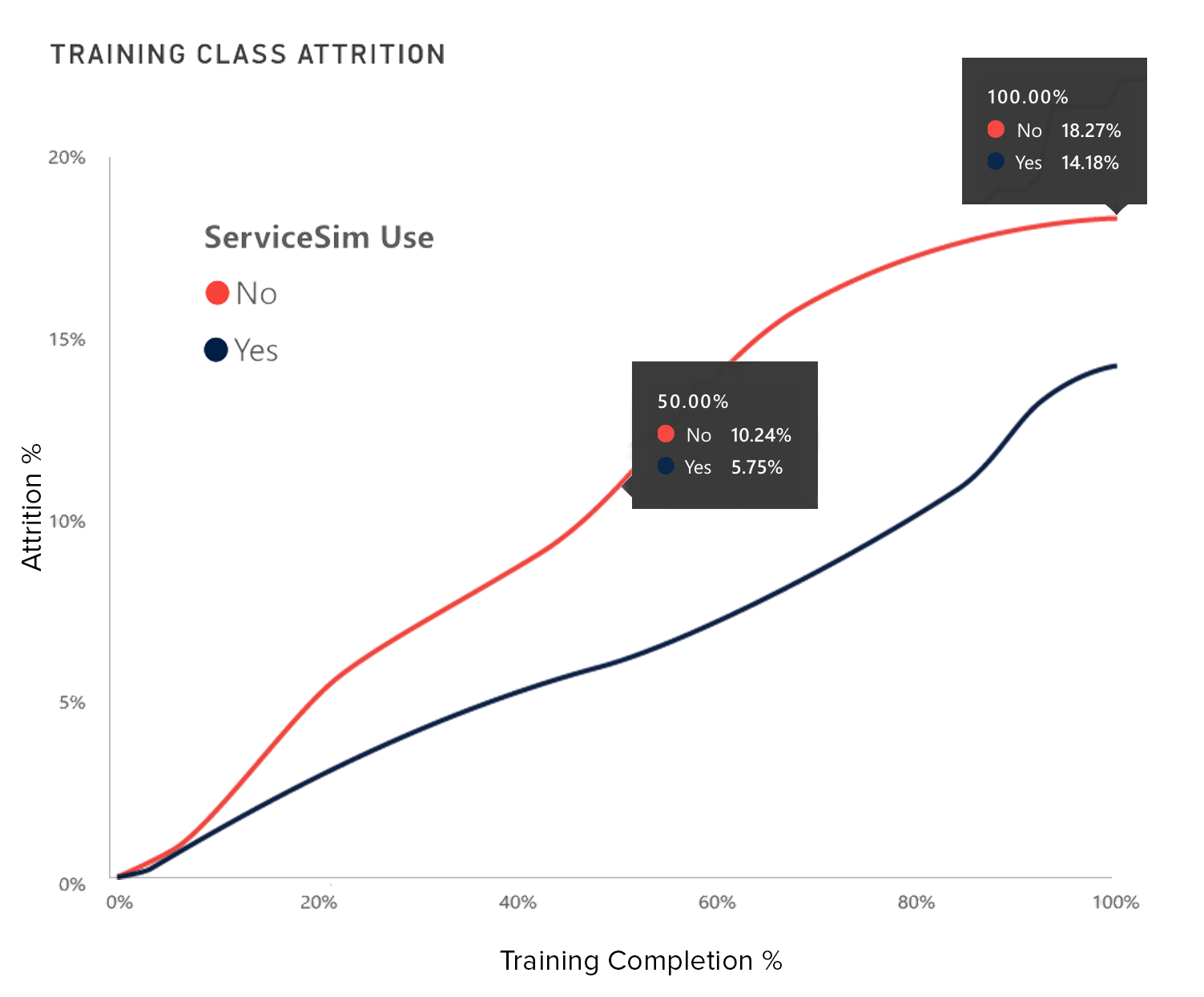It goes without saying that the primary goal of contact centers is to provide exceptional customer service. But what’s simply stated isn’t always so easily achieved.
That’s why contact center leaders are increasingly turning to technology to serve their customers more efficiently, effectively, and consistently. In fact, 69% of CX leaders say customer support technology will be among their top three areas of investment in 2022.
From selection and integration to training and optimization, there are a lot of misconceptions and misleading claims out there regarding customer service and workflow technologies. Here we’re debunking the five myths we hear most often.
Myth 1: We need a fully integrated suite of tools from a single provider.
To improve performance and ensure optimal customer service, contact centers must replace their independent tools with a single platform’s full suite.
The Reality
Contact centers require a lot of tools: CRM, IVR, phone, chat, text, call recording, workflows, and knowledge bases, to name a few. It’s unlikely one provider has the best solution for every aspect of your contact center’s technology needs.
The key to providing exceptional customer service is finding the right technologies for your agents, your customers, and your company—not a single provider. Research and choose tools that aim to achieve your organizational goals, address issues that impact performance, and fully integrate with your existing technologies.
Further Reading: Don’t Add More Technology, Add the Right Technology
Myth 2: Integrating new technology is painful and time consuming for your IT team.
If you don’t have a full suite of tools from the same provider, integrating with current systems is tedious, expensive, and creates more problems than it solves.
The Reality
Technology solutions should work with your IT team, enhancing their capabilities, not burdening them. Look for technology providers that will handle the implementation, integration, maintenance, and optimization of their solution for as long as you’re a client. A good technology provider will invest in a partnership with you to integrate, adapt and align with your business to deliver high value, highly useable, efficient tools for your team. Cost should be predictable and not be based on hours worked.
You think you need a vendor but want you want is a real partner.
Myth 3: Training is labor intensive, and adoption is difficult.
Contact center managers must set aside precious time to first learn the technology and then train their agents on it, all while crossing their fingers they actually use it.
The Reality
Training doesn’t have to be an arduous task. Selecting intuitive, simple-to-use technology with self-guided training allows managers to get to know the tool quickly and easily, and helps agents become comfortable using it almost immediately.
And while it’s true agents aren’t always eager to adopt new technologies, there are few simple ways to ensure it happens.
Read More: Contact Center Technology: 5 Ways to Increase Adoption and Improve Customer Service
Myth 4: Workflows are impossible to keep up to date.
Workflow tools that guide agents are impossible, or at the very least time consuming, to keep updated—especially in industries where policies and procedures are high in volume and change is often.
The Reality
Yes, workflow tools aren’t “set it and forget it”; they need updating. But keeping them updated can be as simple as ensuring there’s a solid process and procedure in place—and having a solution partner with a delivery approach that aligns to the ongoing success of your customer care goals. A good solution will continue to provide services and support after purchase.
When changes to workflows occur or new information needs to be added, assign a designated individual to reach out to your partner to make the updates for you. Ideally, this partner helped define your workflows at the start, so they understand your processes and what issues you’re trying to solve. Your role should be the subject matter expert, not the one responsible to configure the software.
Myth 5: Most of your IT budget should be focused on self-service technology.
Self-service tools are the way of the future and contact centers are on a path to eliminating or considerably downsizing the use of agents.
The Reality
In a recent interview with contact center operations expert Matt Beckwith, he mentioned there’s a misconception that most individuals prefer to resolve their issues through chat or self-service tools.
Studies show that 40% of consumers still prefer to talk to, or in many cases have to talk to, an actual human and most of their dissatisfaction comes from the time on the call and inability of the agent to resolve their issue.
These findings show that an effective use of IT spend for contact centers would be in tools that are focused on guiding agents to resolve customer concerns quickly, effectively, and consistently.
Technology is a key component of delivering excellent customer service. Where it gets complicated is the sheer enormity of contact center technology on the market, and the misconceptions and misleading claims that surround them.
To optimize your contact center performance, search for tools that:
- Solve your specific pain points
- Are easy to implement, integrate, and train your managers and agents on
- Don’t require you to be the expert on software configuration but leverage your expertise of your process and procedures
- Simplify the process of keeping your agents current on policy and procedure changes
- Empower your agents to provide excellent customer service


